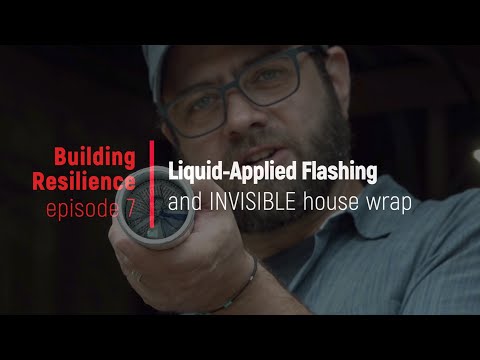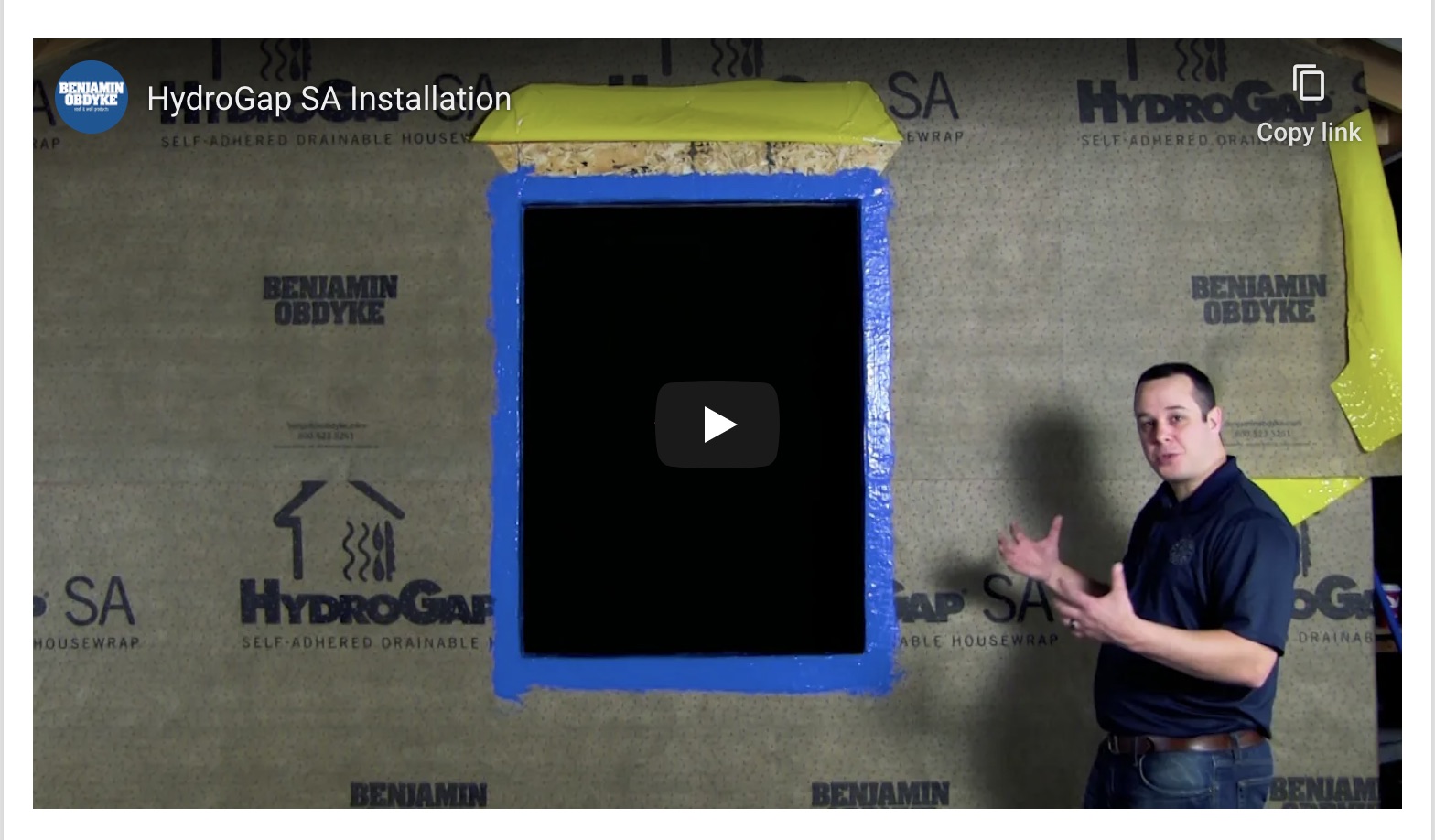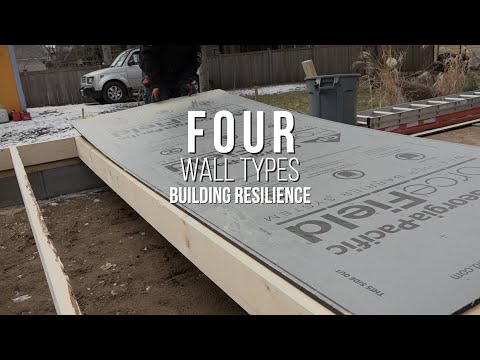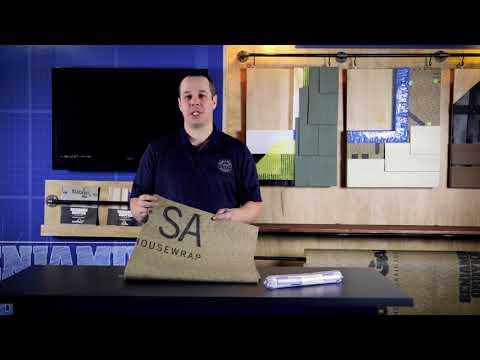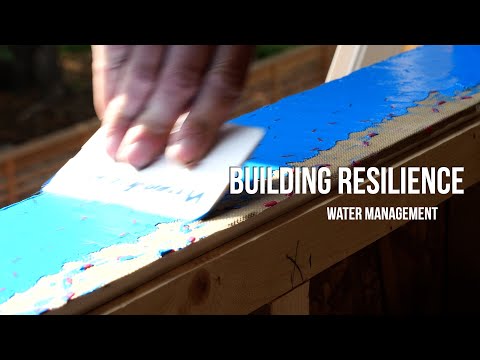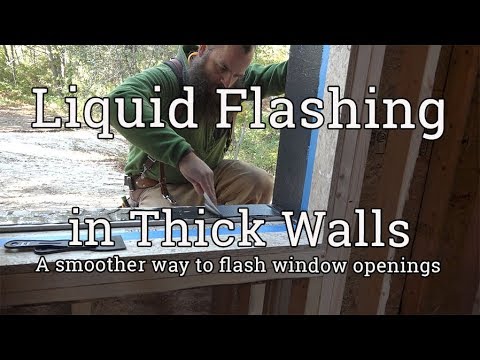For each project, installers face a number of material decisions for how best to protect the building envelope
When it comes to flashing options, which solutions are best suited to each scenario? Here’s a short guide.
Liquid-Applied Flashing
Applications:
A liquid-applied flashing such as HydroFlash LA applies like caulk or adhesive, so it’s ideal
for challenging areas of the envelope where a tape-style flashing would have to be cut and bent.
This includes window corners, curves, and awkward shapes. HydroFlash LA works to create
monolithic sill flashing prevent leaks, and is an easy solution for filling imperfections and
penetrations.
Simply squeeze out a bead and smooth to 20-40 wet mils.
Geographic location
HydroFlash LA can be installed in any climate, but because it is moisture-cured, it’s perfect for
wet climates like the Pacific Northwest, where it will cure faster, and any excess moisture will
dry through the product itself. It can be installed in temperatures as low as 25 degrees F.
HydroFlash LA has a perm rating of 3-6, depending on thickness, so it’s universal in application.
Project and cladding types
Liquid-applied flashing offers flexibility to move with the building, making it a great option for
applications such as control joints in concrete buildings and areas with seismic activity.
HydroFlash LA can be used with any Benjamin Obdyke housewrap and is compatible with all
types of cladding. In addition, the flashing is paintable, so it can be painted with a vapor-open
black exterior latex paint to be discreet under open joint cladding systems.
Package sizes
Comes in 20-ounce sausage, with typical coverage of 8-10 square feet per sausage.
UV Flashing
Applications:
HydroFlash UV+ is a premium acrylic flashing tape designed to withstand extreme conditions,
including UV exposure for up to a year. The combination of breathable acrylic adhesive and facer
allows this product to be vapor permeable (4 perms).
This unique characteristic allows drying potential of the sheathing the flashing is applied to, avoiding mold and rot behind critical penetration points like windows and doors. Its abrasion-resistant facer is an ideal option for sills and other areas more prone to damage during installation.
Geographic locations:
HydroFlash UV+ is vapor open, with a perm rating of about 4, so it’s suitable for any climate,
and it can be installed in temperatures down to 25 degrees F. It is the first flashing tape readily
available in the U.S. that is vapor permeable, allowing moisture to escape the cavity.
Project and cladding types:
The product’s UV resistance is ideal for open joint cladding systems where there is long-term
potential for indirect UV exposure through the open joints.
Available sizes:
Rolls come in 2.3”, 4”, and 6” widths and in 82’ lengths.
General Purpose Flashing
Applications:
HydroFlash GP self-adhered flashing tape features an acrylic adhesive that offers better
holding power than butyl or rubberized asphalt, and a polyethylene facer to help resist abrasions
and tears during installation.
It’s not as robust as HydroFlash LA or HydroFlash UV+ but can be used around most of the window in combination with other flashings used at the corners and sill. Because it is vapor closed, it’s also well-suited to areas of the house where absolutely no moisture transfer is the goal, such as a deck ledger that’s completely flush against the WRB.
Geographic locations:
HydroFlash GP can be installed in temperatures down to 25 degrees F. It requires a dry surface, so care will need to be taken in wetter climates.
The product is vapor closed. It has a UV exposure rating of 180 days.
Project and cladding types:
GP flashing can be used under any cladding types. Because it’s not as robust, it should be used in
areas of the envelope less prone to extreme conditions.
Available sizes:
Rolls come in 2.3”, 4”, 6”, and 9” widths and in 82’ lengths.

